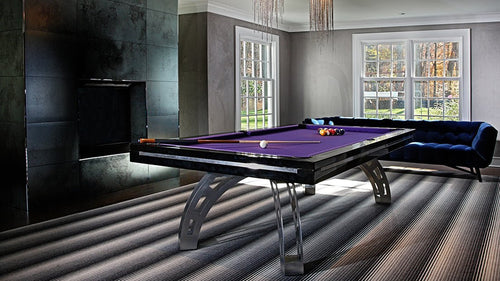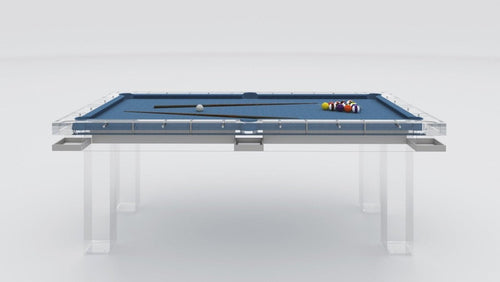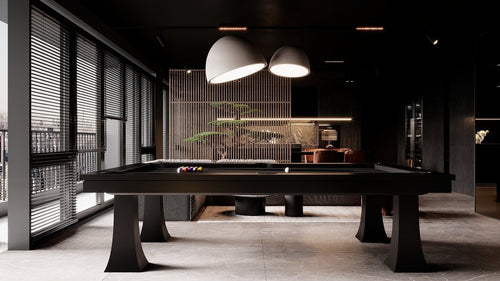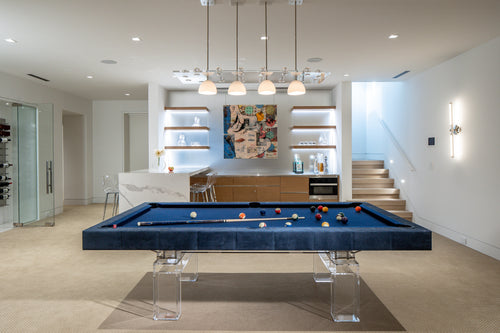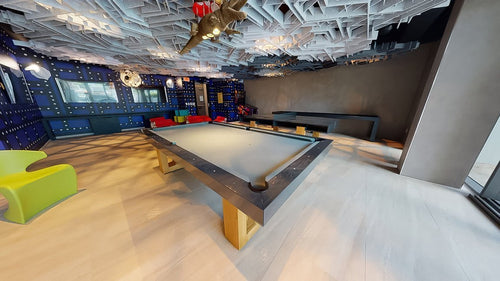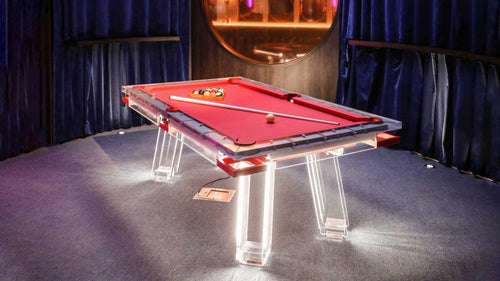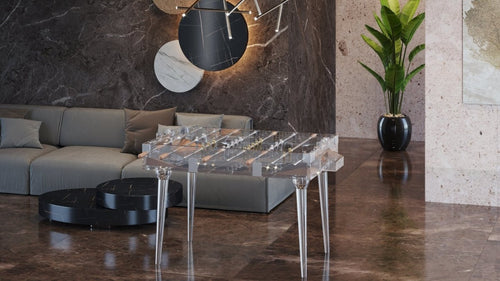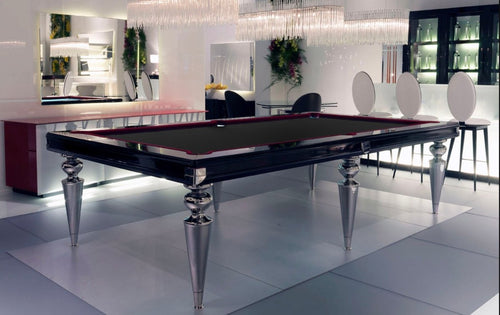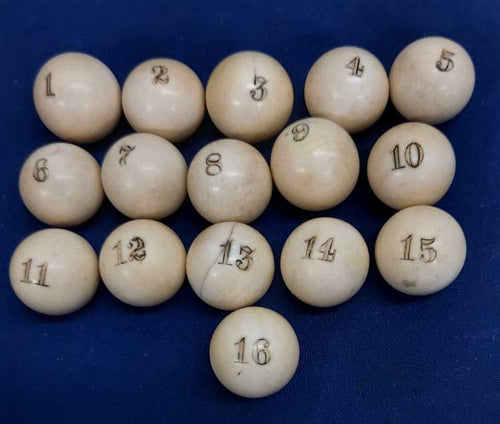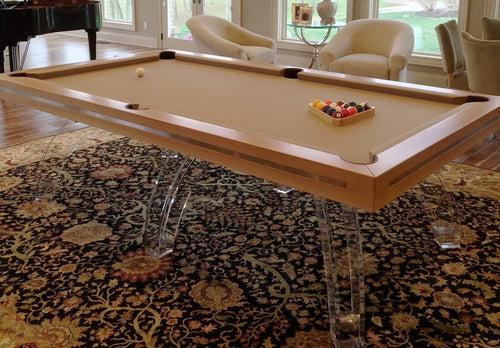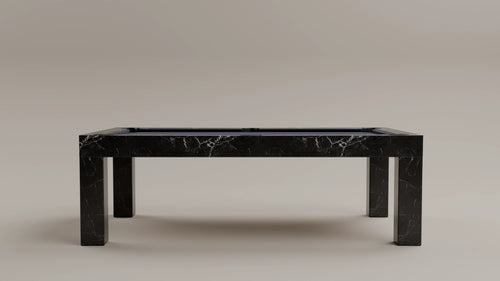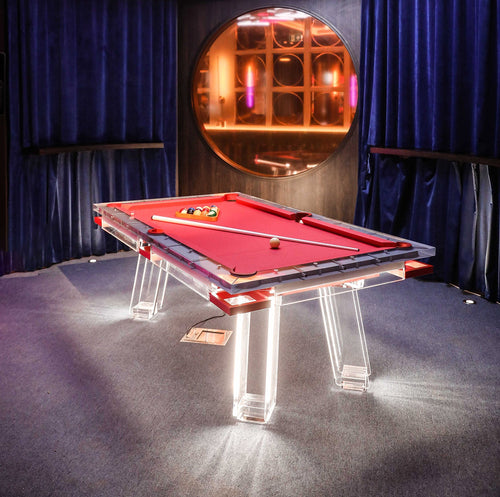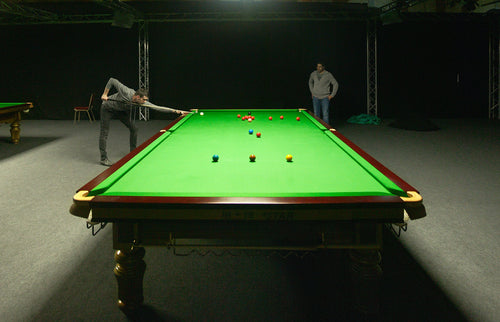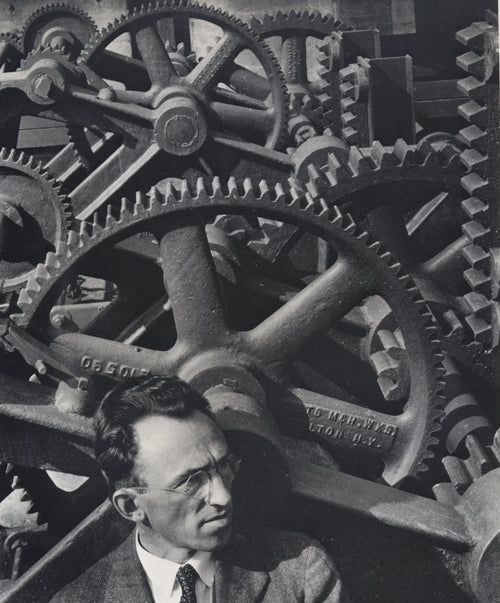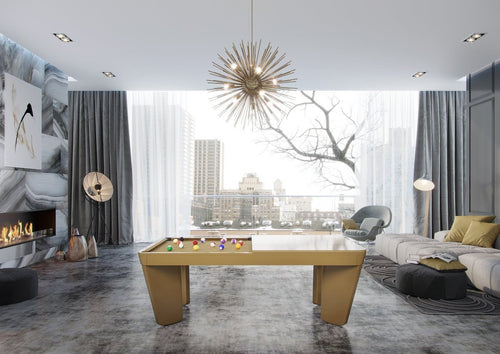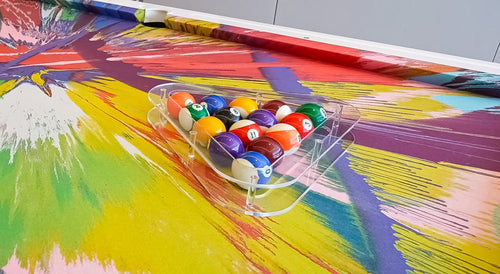Enjoy our modern designs
Estimated Read Time: 7 mins |
How the Nordic blend of tradition, craft, and material sensitivity reshaped modern design worldwide.
Scandinavia carved out a unique path in European design, blending Jugendstil (Art Nouveau), Eclecticism, and ultimately a humanistic, material-driven modernism. Iconic figures like Alvar Aalto bridged traditional craftsmanship and functionalist modern ideas, forging a legacy celebrated across the globe.
Jugendstil: Adapting European Art Nouveau
- Around 1900, Jugendstil (Art Nouveau) arrived in Scandinavia, especially Finland, merging organic European forms with regional Nordic traditions and a spirit of romantic nationalism.
- Lars Sonck’s St. John’s Cathedral in Tampere, Finland, blends flowing Jugendstil ornament with local culture.
- Eliel Saarinen’s Helsinki Railroad Station (1919) marks the shift from decorative Jugendstil toward modern simplicity.
Eclecticism and National Romanticism
- Unlike ornate European eclecticism, Scandinavian National Romanticism combined folk elements and practical forms, setting the stage for the accessible, user-friendly aesthetics of Scandinavian Modern.
- Ragnar Østberg’s Stockholm City Hall (1923) and Eliel Saarinen’s Hvitträsk House (1902) showcase a blend of local craft, tradition, and Jugendstil influences.
- This thoughtful mix of tradition and innovation made Scandinavian design warm, inviting, and ready for broad popular adoption.
Alvar Aalto: Humanistic Modernism
- Alvar Aalto (1898–1976) is Scandinavia’s most renowned modernist, evolving from Jugendstil/classical roots to a gentle, human-centered modernism.
- Early work like the Workers’ Club and Theater at Jyväskylä referenced classical forms; the Turun Sanomat Newspaper Building (1929) pioneered reinforced concrete and International Style interiors.
- Aalto’s molded plywood furniture and glassware (by Artek) became global icons, balancing industrial innovation and natural warmth.
- MIT Baker House and Aalto’s teaching in America spread his philosophy of “biological” architecture—spaces intimately connected to human needs and experiences.
“Architecture and its details are connected in a way with biology.” — Alvar Aalto
Danish and Swedish Contributions
Denmark: Practical Elegance
- “Danish Modern”—crafted, practical furniture by Kaare Klint and Poul Henningsen—became world-famous, especially post-WWII.
Sweden: Public Life and Modernism
- Sweden led the way in modernist public planning, with Gunnar Asplund and Sven Markelius shaping town planning and public buildings.
- Swedish furniture, textiles, and glassware achieved international acclaim for their practical elegance.
Scandinavian Design’s Global Influence
From Jugendstil’s regional flavor through warm National Romanticism to globally influential modernism, Scandinavia set a new standard for integrating tradition, craft, and human needs. Alvar Aalto and his Nordic contemporaries offered a distinct alternative to rigid International Style modernism, showing the world that design could be both progressive and profoundly humane.
Today, the hallmarks of Scandinavian Design—simplicity, craftsmanship, material honesty, and human-centered form—resonate everywhere, inspiring designers and consumers far beyond Northern Europe.



